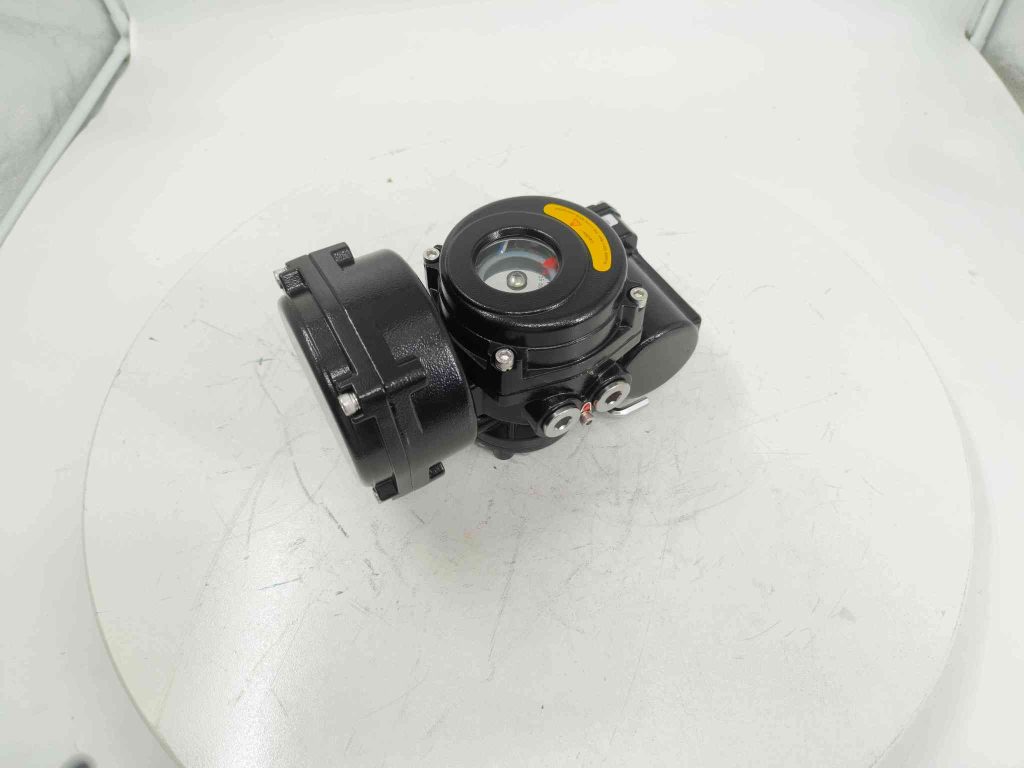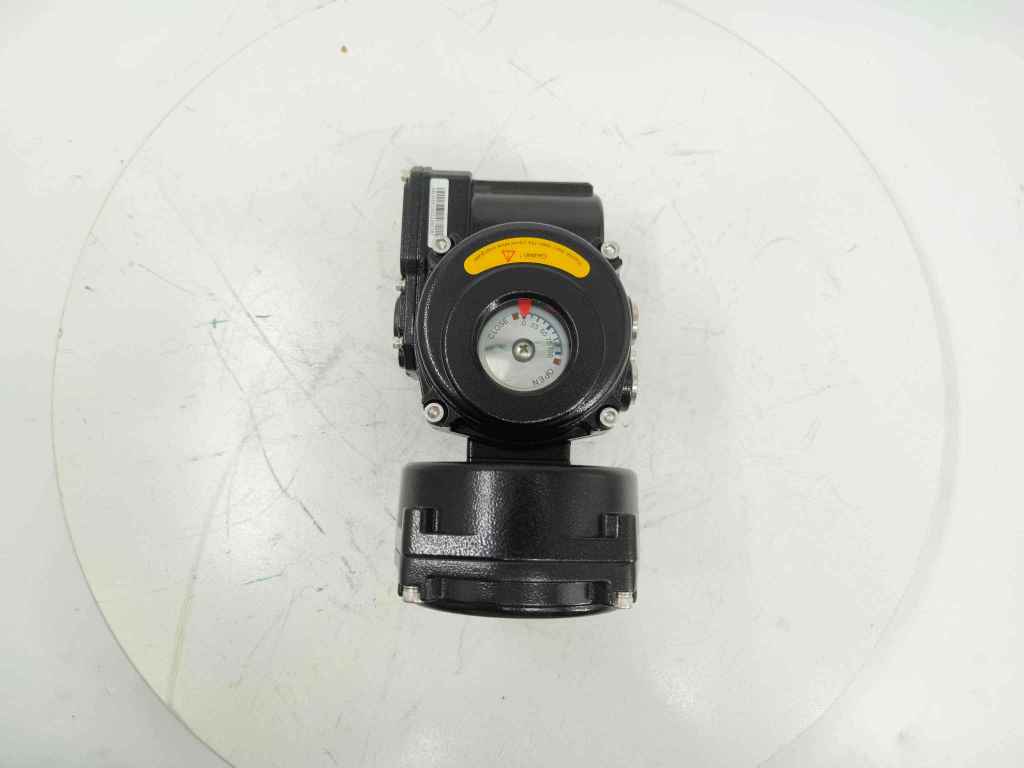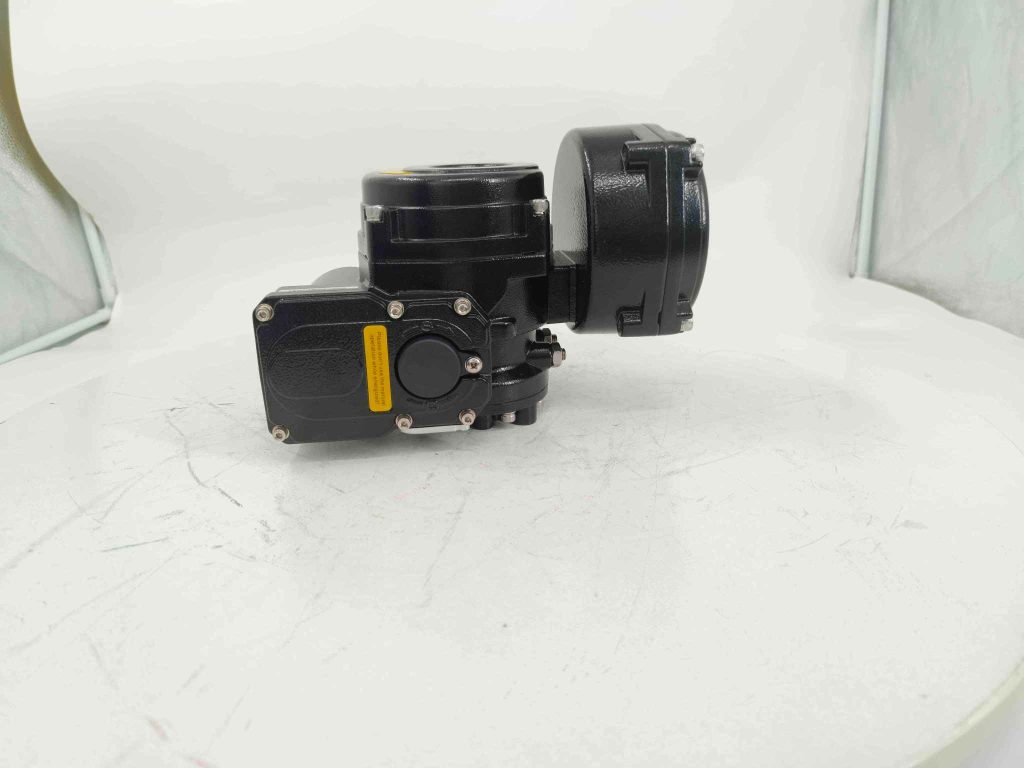In industries where hazardous environments are prevalent, ensuring safety while maintaining operational efficiency is paramount. One of the essential components used to achieve this goal is the explosion-proof electric actuator. These devices are designed to operate safely in environments where there is a risk of explosion due to the presence of flammable gases, dust, or vapors. Explosion-proof electric actuators not only enhance safety but also improve productivity by providing precise control over machinery and equipment. This article delves into the significance of explosion-proof electric actuators, their design features, applications, and the standards that govern their use.

What is an Explosion Proof Electric Actuator?

An explosion-proof electric actuator is a type of actuator specifically engineered to prevent ignition in hazardous environments. Actuators are mechanical devices used to control a system or process by converting electrical energy into mechanical motion. The electric actuator typically uses a motor powered by electricity to drive a mechanical component like a valve, damper, or shutter. In the context of explosion-proof models, these actuators are built with protective enclosures that contain any potential internal explosions and prevent them from igniting the surrounding environment. These actuators are commonly used in environments where flammable substances, such as gases, vapors, or dust, are present. Industries like oil and gas, chemical processing, mining, and pharmaceuticals often rely on explosion-proof electric actuators to ensure the safety of their operations.
